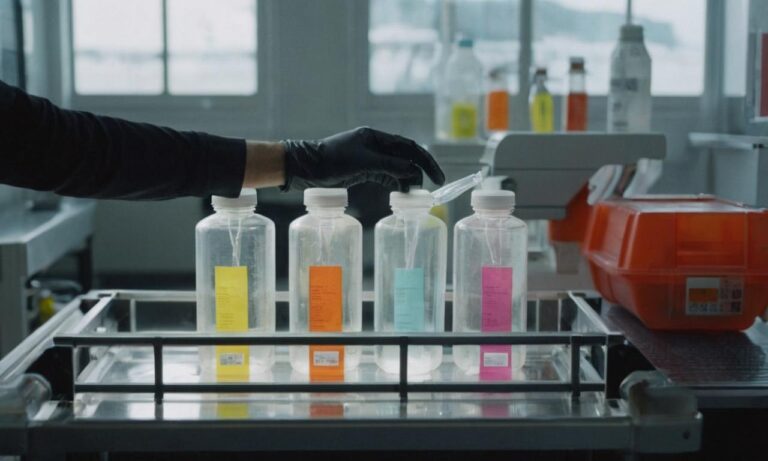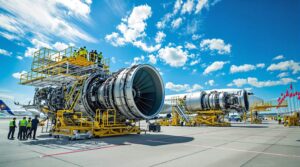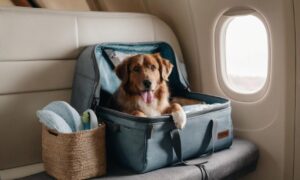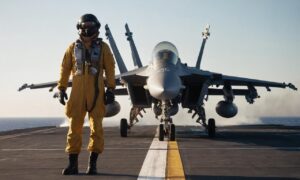When it comes to air travel, one of the crucial aspects passengers need to consider is the transportation of liquids. The rules and regulations regarding the amount of liquid ounces allowed on a plane are of paramount importance for a smooth and hassle-free journey. In this comprehensive guide, we will delve into the intricacies of these regulations, ensuring you are well-informed before your next flight.
Understanding TSA Guidelines
The Transportation Security Administration (TSA) in the United States establishes the guidelines for carrying liquids on airplanes. According to TSA regulations, passengers are allowed to bring a quart-sized bag of liquids in containers of 3.4 ounces (100 milliliters) or less per item. These items must be placed in a clear, resealable plastic bag, and each passenger is generally allowed one bag.
It is essential to note that not all liquids are subject to these restrictions. Medications, baby formula, and breast milk are exceptions to the rule. Passengers are encouraged to declare these items at the security checkpoint for a smoother screening process.
International Travel Considerations
For international flights, it is crucial to be aware that different countries may have varying regulations regarding the transportation of liquids. While many countries align with the TSA guidelines, some may have stricter or more lenient rules. It is advisable to check with the relevant authorities of both the departure and arrival countries to ensure compliance with all regulations.
Additionally, certain airports may have specific requirements or additional security measures in place. Staying informed about the specific guidelines of the airports you will be traveling through can help you avoid unnecessary complications.
Exceptions and Special Considerations
Understanding the exceptions to the liquid ounces rule is key to a stress-free travel experience. Duty-free liquids purchased at the airport or onboard the aircraft are generally allowed, but they must be placed in a secure, tamper-evident bag provided by the retailer.
Furthermore, if you have liquids that exceed the 3.4-ounce limit but are necessary for your journey, such as certain toiletries or medical items, it is advisable to pack them in your checked baggage rather than carry-on to avoid any potential issues during the security screening process.
Top Tips for Smooth Travel
To ensure a seamless travel experience, consider the following tips:
- Organize your liquids in a clear, quart-sized plastic bag before arriving at the airport.
- Be aware of the specific regulations at both your departure and arrival airports.
- Declare any necessary medications, baby formula, or breast milk at the security checkpoint.
- Pack duty-free liquids securely in the provided tamper-evident bag.
- Double-check your checked baggage for any liquids that may exceed carry-on limits.
Conclusion
Being well-informed about the regulations surrounding liquid ounces allowed on a plane is essential for a smooth and stress-free journey. By understanding TSA guidelines, considering international travel variations, and being aware of exceptions, you can navigate airport security with confidence. Follow the provided tips to ensure your liquids are properly organized, making your travel experience more enjoyable.






